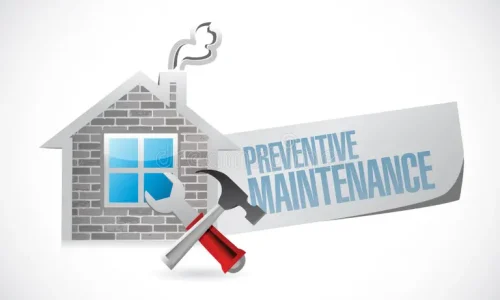In the bustling world of industry and technology, where machines are the heartbeat of operations, preventive maintenance emerges as the unsung hero. It’s not merely a routine checklist; it’s a proactive strategy that keeps the gears of productivity turning smoothly. Today, we delve into the art and science of preventive maintenance, exploring its significance, strategies, and benefits.
Understanding Preventive Maintenance
Preventive maintenance isn’t about fixing what’s broken; it’s about ensuring things don’t break in the first place. Picture this: your trusty machine, diligently serving day in and day out. Without proper care, it might falter, causing downtime and headaches. That’s where preventive maintenance steps in, aiming to detect and address issues before they escalate.
The Strategy Unveiled
1. Routine Inspections
Regular check-ups are the cornerstone of preventive maintenance. Create a schedule to inspect equipment thoroughly, focusing on critical components like belts, filters, and lubrication points. Early detection of wear and tear can save you from major malfunctions down the road.
2. Scheduled Servicing
Don’t wait for signs of distress; service your equipment according to manufacturer recommendations. This includes changing fluids, calibrating sensors, and replacing worn-out parts. Think of it as giving your machines a spa day—they’ll thank you with peak performance!
3. Data-Driven Insights
In the digital age, data reigns supreme. Leverage IoT sensors and predictive analytics to monitor equipment health in real-time. Unusual patterns or deviations trigger proactive interventions, ensuring minimal downtime and optimal efficiency.
4. Training and Empowerment
Equip your team with the knowledge and skills to conduct preventive maintenance effectively. Training programs and access to resources empower them to be proactive problem solvers, reducing their reliance on external support.
The Benefits Galore
Investing in preventive maintenance yields a treasure trove of benefits, including:
1. Increased Reliability: Say goodbye to unexpected breakdowns and hello to consistent performance.
2. Cost Savings: Preventive maintenance costs less than reactive repairs and reduces downtime, saving both time and money.
3. Extended Lifespan: Regular care prolongs equipment lifespan, maximizing your ROI.
4. Enhanced Safety: Well-maintained equipment operates safely, mitigating risks for your team.
5. Improved Efficiency: Optimal performance translates to higher productivity and streamlined operations.
Tips for Implementation
Ready to embark on your preventive maintenance journey? Here are some tips to kickstart your efforts:
1. Create a Maintenance Calendar: Map out inspection, servicing, and training schedules to stay organized.
2. Prioritise Communication: Foster open communication channels to report and address maintenance needs promptly.
3. Track Performance Metrics: Monitor key metrics like uptime, MTBF (mean time between failures), and MTTR (mean time to repair) to gauge the effectiveness of your program.
Conclusion: A Future of Reliability
As we wrap up our exploration of preventive maintenance, remember—it’s not just about preserving equipment; it’s about securing the future of your business. By embracing proactive care, you pave the way for reliability, efficiency, and sustained success. So, let’s raise a toast to well-maintained machines and a thriving tomorrow!





